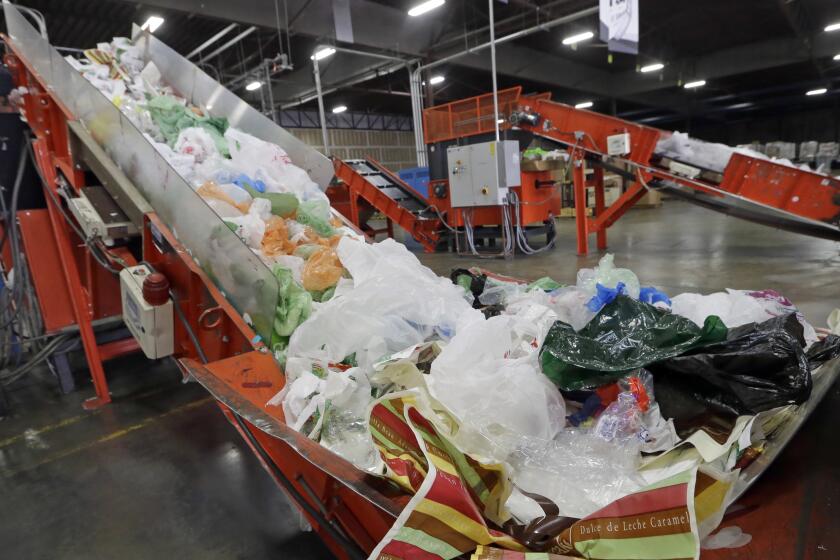Has a UC Berkeley chemistry lab discovered the holy grail of plastic recycling?
Published on by Water Guardian Research in Science
Despite the planet’s growing plastic pollution crisis, petroleum-based polymers have become an integral part of modern life. They make cars and airplanes lighter and more energy efficient. They constitute a core material of modern medicine by helping to keep equipment sterile, deliver medicines and build prosthetics, among many other things. And they are a critical component of the wiring and hardware that underlies our technology-driven civilization.
The trouble is, when they outlive their usefulness, they become waste and end up polluting our oceans, rivers, soils and bodies.
But new research from a team of chemists at UC Berkeley suggests a glimmer of hope when it comes to the thorny problem of recycling plastics — one that may allow us to have our cake, and potentially take a very small bite, too.
The group has devised a catalytic recycling process that breaks apart the chains of some of the more commonly used plastics — polyethylene and polypropylene — in such a way that the building blocks of those plastics can be used again. In some cases, with more than 90% efficiency.
The catalysts required for the reaction — sodium or tungsten — are readily available and inexpensive, they say, and early tests show the process is likely scalable at industrial levels. It uses no water and has fewer energy requirements than other recycling methods — and is even more efficient than manufacturing new, or so-called virgin, plastics, the researchers say.
“So by making one product or two products in very high yield and at much lower temperatures, we are using some energy, but significantly less energy than any other process that’s breaking down polyolefins or taking the petroleum resources and turning them into the monomers for polyolefins in the first place,” said John Hartwig, a UC Berkeley chemist who was a co-author of the study published recently in the journal Science.
‘Paper or plastic?’ will no longer be a choice at California grocery stores
Aug. 30, 2024
Polyolefins are a family of thermoplastics that include polyethylene — the material used to make single-use and “reusable” plastic bags — and polypropylene — the ubiquitous plastic that holds our yogurts and forms microwaveable dishes and car bumpers. Polyolefins are produced by combining small chain links, or monomers, of ethylene or propylene, which are typically obtained from oil and natural gas.
Polyethylene and polypropylene account for the majority (57%) of all polymer resins produced, the study authors noted. They have proven a plague to the environment, and in microplastic form have been found in drinking water, beer and every organ in the human body, as well as blood, semen and breast milk.
Hartwig and R.J. Conk, a graduate student who led the research, said they have not yet heard from the plastics, recycling or waste industries. They said they had been keeping their technology under wraps until publishing their paper and obtaining a patent on the process.
A spokeswoman for the Plastics Industry Assn. declined to comment or provide an expert to review the paper.
Hartwig said there are some caveats to the work. For instance, the plastic has to be sorted before the process can be applied. If the products are contaminated with other plastics, such as PVC or polystyrene, the outcome isn’t good.
Attached link
https://www.latimes.com/environment/story/2024-09-03/has-a-uc-berkeley-lab-found-a-solution-to-plastic-recyclingTaxonomy
- Recycling
